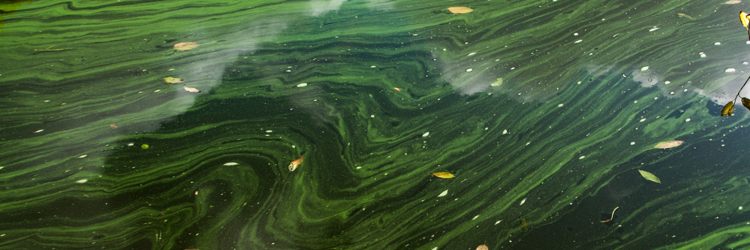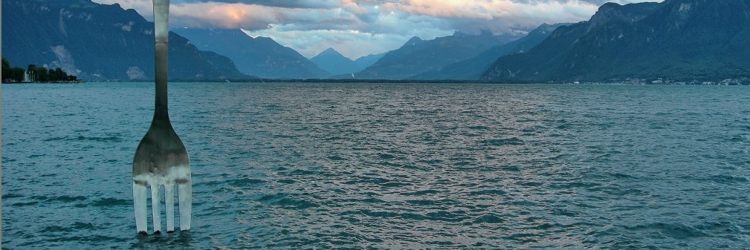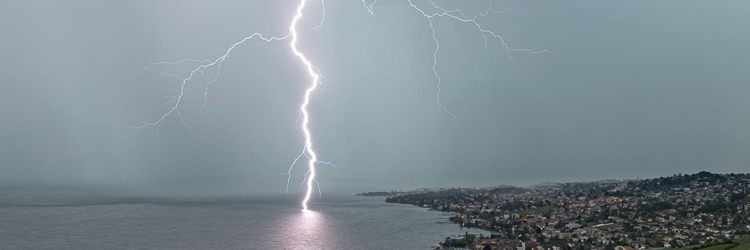The laboratory of microbial ecology focuses on biodiversity of microbial life in lakes, with a strong emphasis on phytoplankton, i.e. microscopic sized algae and cyanobacteria. Phytoplankton is at the base of the lacustrine foodweb and thus supports other life forms in lake ecosystems. Freshwater ecosystems have an extraordinarily high biodiversity, but are also under great pressure due to human activities (intensive agriculture, climate change, industrial pollution, etc.). Lakes integrate environmental stressors in their catchment and act as sentinels of change. Biodiversity of lake communities provides resilience to ecosystem regime shifts. To better protect biodiversity in lakes, we must truly understand the mechanisms that control biodiversity. In our group we study biodiversity at 4 different levels:
- the evolutionary origin of biodiversity - how do new species appear?
- the population level – in particular how do parasitism and temporally and spatially variable lake environments contribute to genetic diversity?
- the community level - how are populations assembled to establish communities?
- the ecosystem level – the role of plankton biodiversity in the provision of lake ecosystem service and what happens when biodiversity brakes down, in particular the consequences of harmful blooms of cyanobacteria?
Our work on the biodiversity of the phytoplankton is inspired by a 1961 publication: "The paradox of the plankton by Hutchinson. How is it that dozens of species of phytoplankton can co-exist in the apparently homogeneous environment of a well-mixed Lake? One would expect that only the best adapted species survive and out-compete all others. In our journey to find solutions to this paradox, we come across fascinating areas of scientific research. Limnology for example: lakes are not as homogeneous as one might think, but are highly dynamic in time and space. We capture these dynamics using lake platforms for automated high frequency data collection. How does climate change affect this spatial structure and temporal patterns in lakes? Or the discussion of niche versus neutrality: does each of the dozens of phytoplankton species in a lake really have its own niche or are many species of phytoplankton interchangeable? What about the importance of trade-offs: what if the strongest competitors are more vulnerable to parasites or predators, does this promote co-existence and diversity? In the group we have a particular interest in the role of complexity of the environment for the evolution and maintenance of diversity. A fascinating question here is, where does complexity come from? Does life itself contribute to complexity – through niche construction - on which biodiversity depends?
Work in the group is equally divided between laboratory, field and computational studies, and a wide array of tools and techniques are being used, which vary from molecular markers for population genetics, or PAM fluorometry for photosynthesis. From experiments in chemostats or in- and outdoor mesocosms to experimental evolution using photo- and heterotrophic microorganisms. An area of special attention is lake monitoring using remote sensing and automated in situ flowcytometry. We strongly believe that monitoring deserves a scientific come-back, using the latest developments in instrumentation and IT-technology (https://gleon.org), since if we don’t monitor lakes we don’t know if they are changing and how they are changing. Only a deeper understanding of the functioning of phytoplankton communities will bring us the tools we need to manage lakes in a rapidly changing world.




